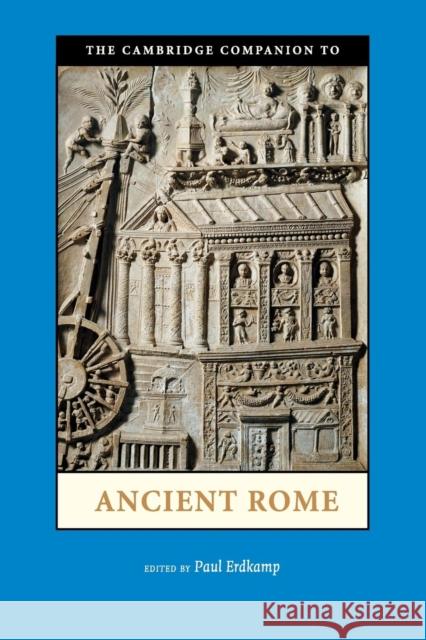The Cambridge Companion to Ancient Rome » książka
topmenu
The Cambridge Companion to Ancient Rome
ISBN-13: 9780521720786 / Angielski / Miękka / 2013 / 646 str.
The Cambridge Companion to Ancient Rome
ISBN-13: 9780521720786 / Angielski / Miękka / 2013 / 646 str.
cena 170,96
(netto: 162,82 VAT: 5%)
Najniższa cena z 30 dni: 151,07
(netto: 162,82 VAT: 5%)
Najniższa cena z 30 dni: 151,07
Termin realizacji zamówienia:
ok. 22 dni roboczych
Dostawa w 2026 r.
ok. 22 dni roboczych
Dostawa w 2026 r.
Darmowa dostawa!
Highly accessible survey of life in the capital of the Roman Empire, the largest metropolis of its day.











